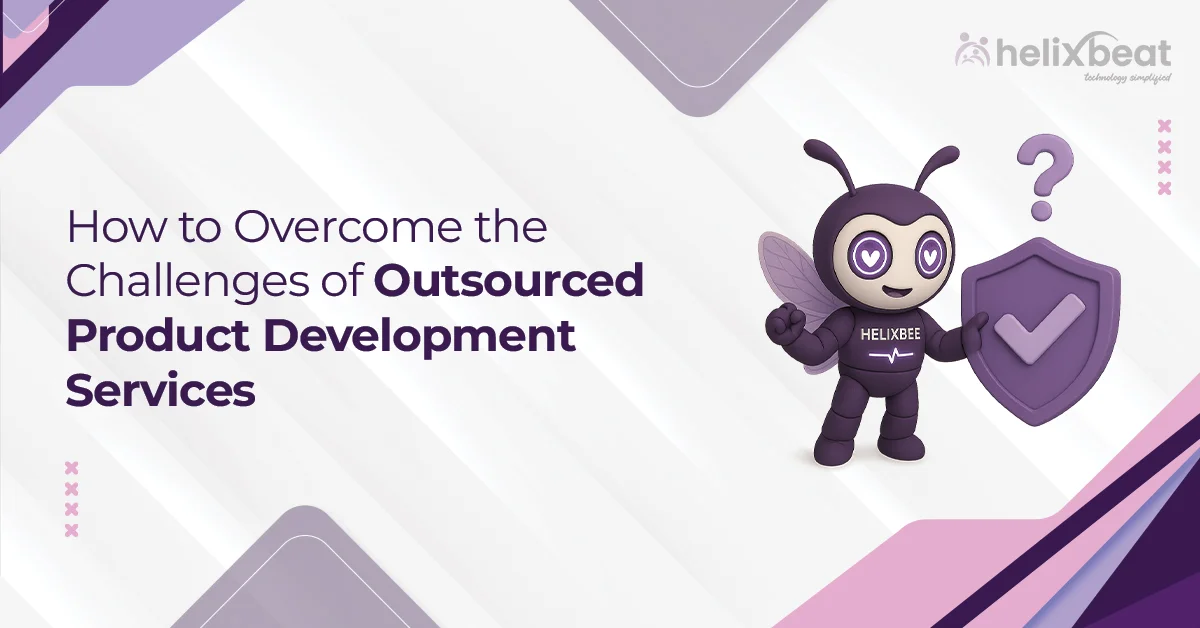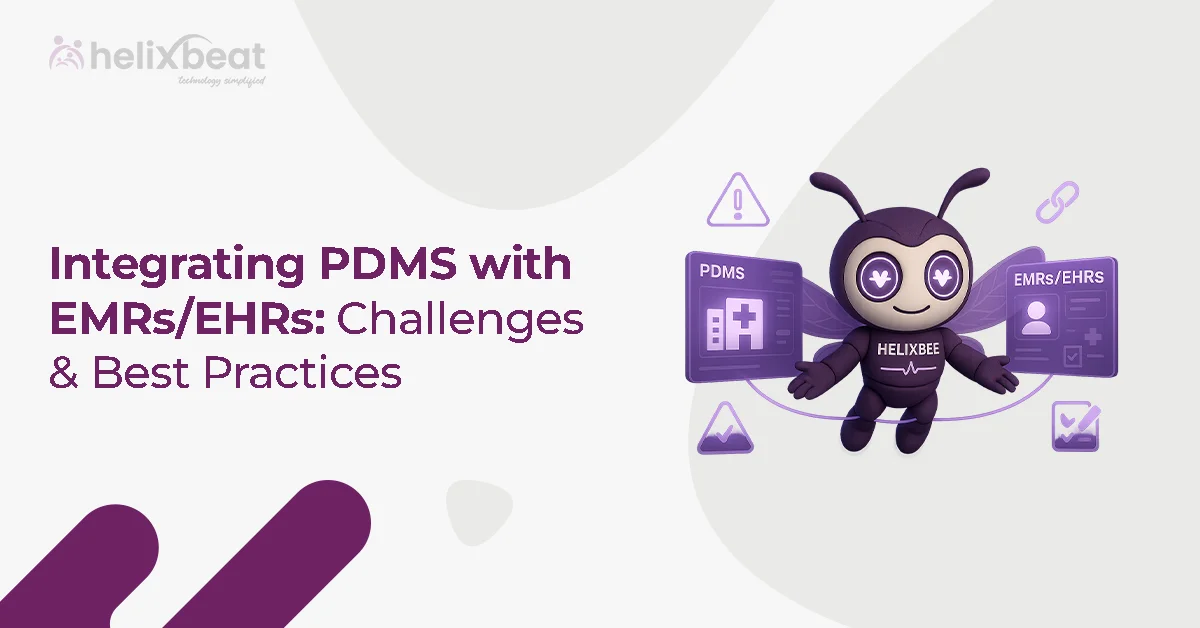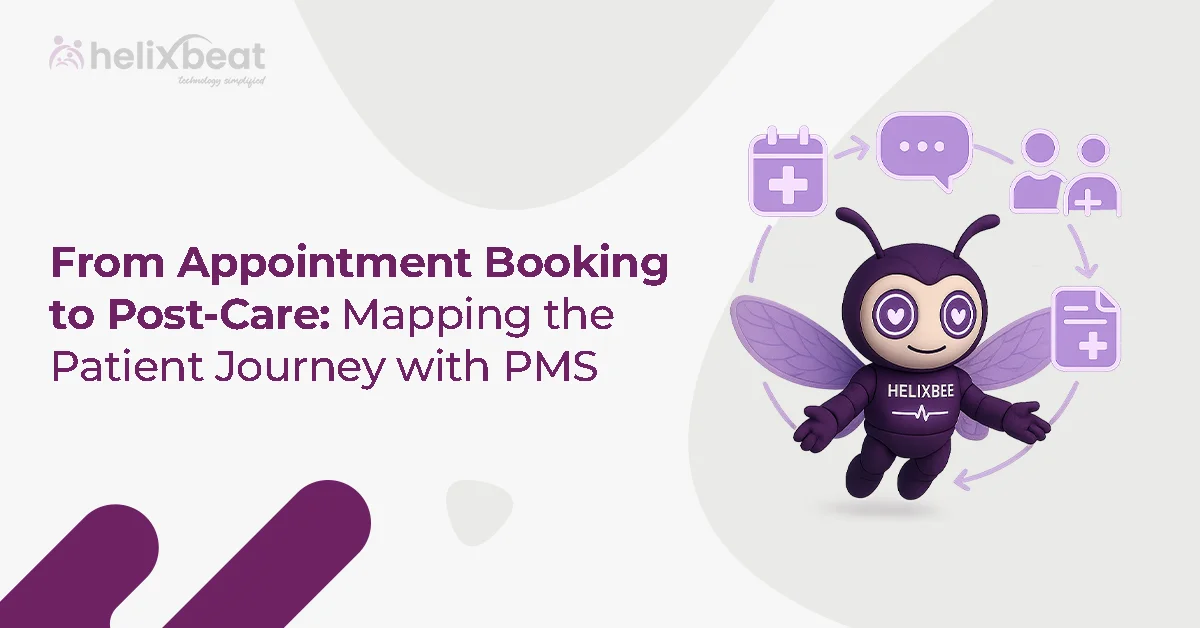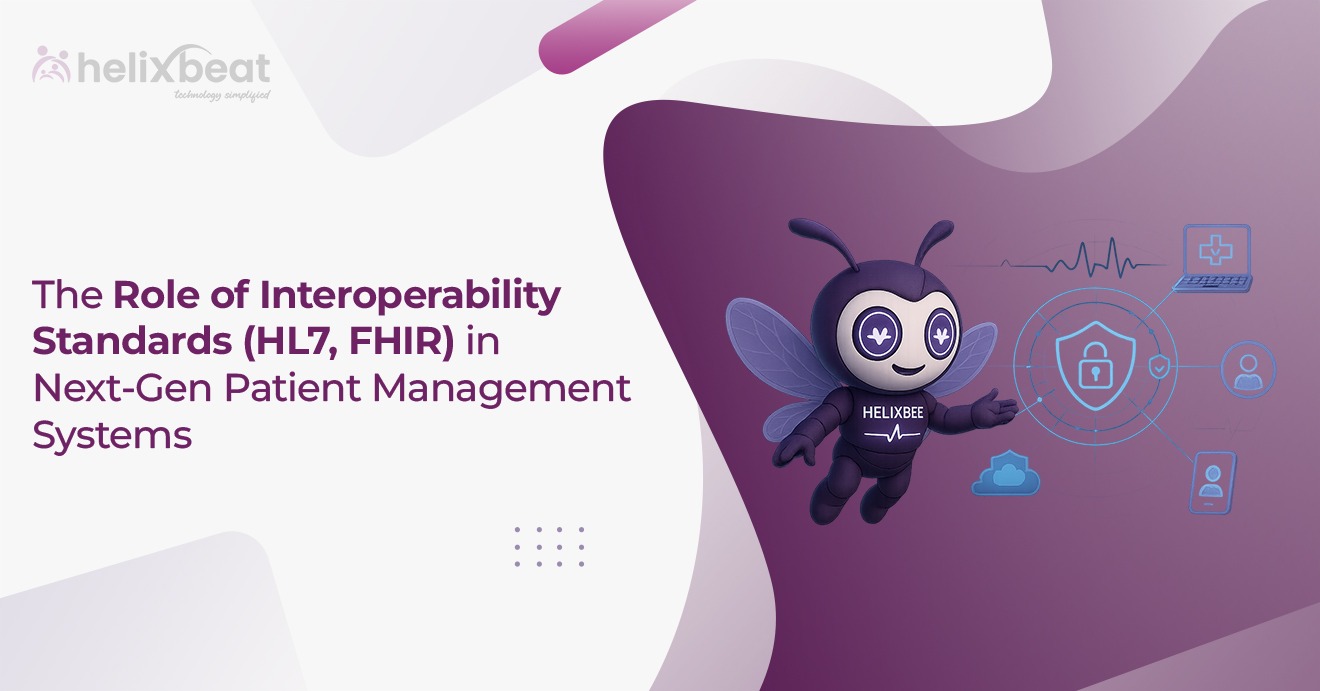In an era where technology drives almost every aspect of modern life, healthcare is no exception. Hospitals, clinics, and diagnostic centers today rely heavily on digital systems to record, manage, and share patient data. However, these systems often function in silos. The result? Fragmented care, unnecessary tests, treatment delays, and rising costs. That’s where interoperability in health information systems steps in to revolutionize patient care and healthcare economics.
Table of Contents
What is Interoperability in Health Information Systems?
At its core, interoperability in health information systems refers to the ability of different healthcare IT systems, devices, and software applications to communicate, exchange, and interpret shared data effectively. It means that your doctor, your lab, your radiologist, and your specialist can all access the same up-to-date medical information about you—regardless of the software they use.
Think of it like a universal translator for healthcare data. Whether it’s an electronic health record (EHR), a lab result, or imaging data, interoperability makes it possible to move that information seamlessly and meaningfully across different platforms.

Why the Push Toward Interoperability Matters
In healthcare, time isn’t just money—it can mean the difference between life and death. When clinicians have access to accurate, real-time information, they can make faster, more informed decisions that directly impact patient outcomes.
Recent data from the Office of the National Coordinator for Health Information Technology (ONC) reveals that nearly 88% of hospitals now participate in the electronic exchange of health information with external providers. Likewise, about 75% of hospitals can integrate that data directly into their electronic health records (EHRs).
However, a critical gap still exists: only around 42% of hospitals report that their clinicians often use this externally sourced data during patient care. This highlights a persistent challenge—not just exchanging data, but making it truly usable at the point of care.
That’s where advanced interoperability in health information systems plays an important role. It doesn’t just make clinical data shareable—it makes it actionable.
Let’s break down how this works.
1. Improved Clinical Decision-Making
When all patient information—from prior diagnoses to lab results—is accessible in one place, clinicians can make more informed decisions. For example, a cardiologist examining a patient for chest pain can quickly access their previous ECGs, cholesterol levels, and medication history, even if those tests were done in a different city.
This level of access reduces the guesswork in diagnosis and helps tailor treatment plans to individual needs. No more relying solely on patient memory or faxed records.
2. Reduced Redundant Testing
How many times have patients repeated blood tests or imaging scans simply because the results weren’t available at the point of care? Not only does this delay treatment, but it also adds unnecessary costs.
Interoperability in health information systems allows different institutions to share test results instantly. So, if a patient has already had a CT scan done at one hospital, the results can be pulled up and reviewed by a specialist elsewhere—without repeating the scan.
3. Enhanced Care Coordination
In cases of chronic illness, patients often see multiple specialists. Without an integrated data system, these doctors may not know what others are prescribing or diagnosing.
With robust data interoperability in healthcare, care teams—primary care physicians, specialists, nurses, and pharmacists—can coordinate efforts more effectively. This collaboration prevents medication conflicts, avoids conflicting treatments, and offers a more cohesive care experience.
4. Faster Emergency Response
Emergencies leave little time for paperwork. In trauma cases or during natural disasters, clinicians need instant access to patient histories, allergies, and medication lists.
With interoperability in health information systems, emergency teams can pull this data from other facilities, even if a patient is unconscious or unable to communicate. This kind of real-time data access can be the difference between life and death.
5. Smarter Public Health Monitoring
Beyond individual care, interoperability plays a pivotal role in public health. Aggregated, anonymized data helps track disease outbreaks, monitor vaccination rates, and analyze health trends across populations.
For example, during an epidemic, if health departments have access to interoperable data, they can identify infection hotspots and allocate resources more efficiently.
6. Lower Administrative Burden
Healthcare providers spend a significant chunk of their time inputting data or tracking down medical records. With interoperability, much of this work becomes automated or simplified.
Fewer manual data entry tasks mean clinicians can spend more time with patients and less on paperwork. It also reduces billing errors, insurance claim rejections, and administrative overhead—resulting in direct cost savings for both providers and patients.
7. Empowered Patients and Personalized Care
With interoperable systems, patients can access their health records through portals and mobile apps. This transparency encourages patient engagement, better self-care, and adherence to treatment plans.
In addition, shared data from wearable devices (like fitness trackers or glucose monitors) can be integrated into a patient’s health record, allowing for more personalized treatment strategies.
AERIS: Powering Interoperability That Transforms Healthcare
If you’re ready to move beyond fragmented systems and unlock the true potential of connected care, AERIS is the partner you’ve been waiting for.
AERIS is an adaptive exchange interoperability platform designed to streamline and simplify health data exchange across providers, payers, and systems. Built with full support for both HL7 and FHIR standards, AERIS bridges the gap between legacy systems and modern digital infrastructure—making healthcare data flow smarter, faster, and more securely.
Whether you’re a hospital network integrating multiple EHRs, a digital health startup looking to plug into the broader ecosystem, or a public health agency aiming to collect real-time insights, AERIS adapts to your needs. Its scalable architecture supports diverse data formats, complex workflows, and evolving compliance requirements.
Why choose AERIS?
- Seamless integration across disparate systems and platforms
- Full HL7 and FHIR support for standardized, high-fidelity data exchange
- Real-time interoperability to accelerate clinical decisions
- Configurable workflows for everything from referrals to claims
- High data accuracy and security without adding operational burden
With AERIS, you’re not just exchanging data—you’re driving better outcomes, reducing costs, and shaping a more connected future for healthcare.
Final Thoughts
The value of interoperability in health information systems goes far beyond technical convenience—it touches every corner of the patient experience. From accurate diagnoses and coordinated treatment plans to lower healthcare costs and empowered patients, the ripple effects are profound.
If you’re ready to make interoperability your advantage, discover how AERIS by Helixbeat can transform your data strategy today.
FAQs
1. What is interoperability in health information systems?
Interoperability in health information systems refers to the ability of different healthcare software, platforms, and devices to exchange, interpret, and use patient data effectively across various care settings.
2. How does interoperability help reduce healthcare costs?
By avoiding redundant testing, minimizing medical errors, and streamlining administrative tasks, interoperability helps healthcare systems operate more efficiently and cost-effectively.
3. Can AERIS support interoperability in health information systems?
Absolutely. AERIS is built specifically to power interoperability in health information systems, with support for HL7 and FHIR standards, adaptable integration, and real-time data exchange.
4. How does interoperability benefit public health agencies?
It facilitates real-time monitoring of disease trends, vaccination coverage, and outbreak tracking by aggregating data from multiple sources, helping shape effective public health responses.














